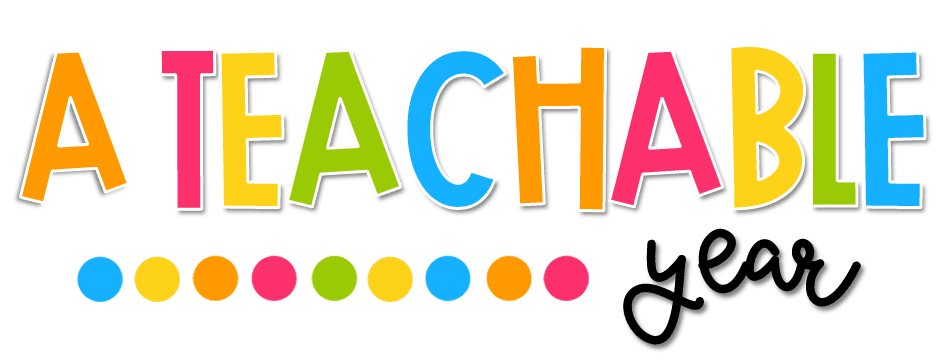Groundhog Day, observed on February 2nd, presents ESL teachers with a unique opportunity to engage students in a lesson that delves into folklore, nature's rhythms, and cultural traditions while enhancing language skills. This commemoration invites exploration of weather, predictions, and the whimsical tradition of the groundhog's shadow.
Understanding Groundhog Day
Groundhog Day is a lighthearted tradition where a groundhog, like Punxsutawney Phil, emerges from its burrow. If the groundhog sees its shadow, it's believed that there will be six more weeks of winter; if not, an early spring is predicted.
Language Skills and Activities
Vocabulary Enrichment: Introduce Groundhog Day-related vocabulary such as prediction, folklore, tradition, shadow, weather, and terms associated with seasonal changes. Utilize stories or discussions about the event to reinforce these vocabulary terms.
Reading and Comprehension: Select articles or stories about the origins of Groundhog Day or the science behind weather prediction. Conduct reading sessions followed by discussions or comprehension tasks to explore the traditions and the science intertwined in this celebration.
Writing Tasks: Encourage students to write essays about weather patterns, poems describing their interpretation of Groundhog Day, or narratives exploring cultural traditions related to weather prediction. This exercise nurtures language skills while allowing creative expression.
Groundhog Day Activities and Celebrations
Shadow Observations: Encourage students to observe shadows and discuss how light affects the presence or absence of shadows, connecting it to the Groundhog Day tradition.
Weather Predictions: Engage students in discussing their local weather patterns and predictions, linking it to the folklore surrounding Groundhog Day.
Interactive Activities
Shadow Puppetry or Art: Organize a shadow puppetry session or art activity where students create their own groundhog or shadow-related artwork, fostering creativity and hands-on participation.
Weather Reports: Encourage students to create their own weather reports, predicting whether they think it'll be a longer winter or an early spring based on local weather conditions.
Reflective Discussions
Nature's Cycles: Initiate discussions about the changing seasons, the significance of nature's cycles, and how different cultures mark transitions in seasons.
Cultural Traditions and Beliefs: Encourage conversations about various cultural traditions related to predicting seasonal changes, drawing connections to Groundhog Day's folklore.
Teaching about Groundhog Day in ESL classes offers a fascinating glimpse into folklore, nature's rhythms, and the blend of cultural traditions and science. By integrating language exercises, discussions on traditions, interactive activities, and reflective conversations, educators create an engaging lesson that not only enhances language skills but also fosters curiosity about nature's mysteries and cultural celebrations.
What student does not enjoy Write the Room? This Groundhog Day themed pack is a fun, kinesthetic activity that allows your students to get out of their seats and walk around the room, all while learning great vocabulary, letters, sounds, and more through literacy. It’s no wonder it’s a class favorite!






No comments
Post a Comment
Thanks for your comment!